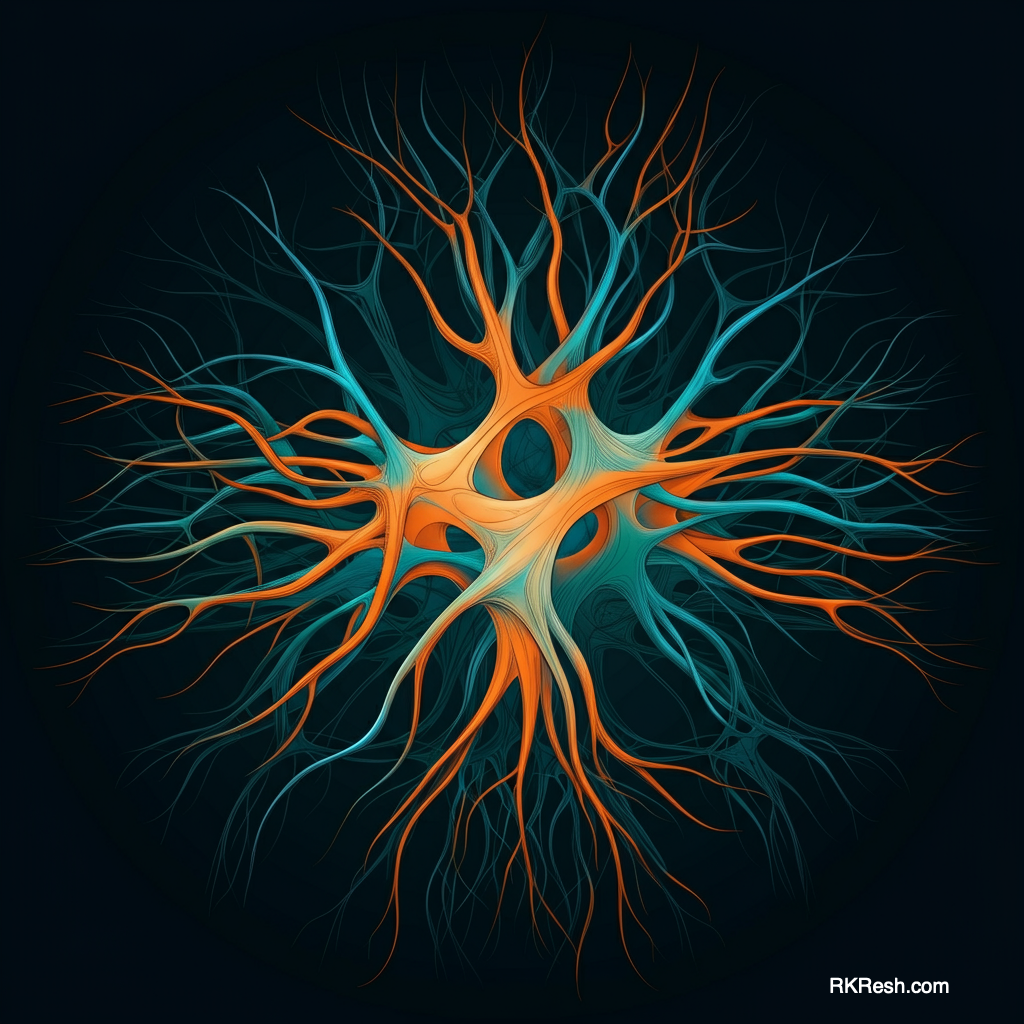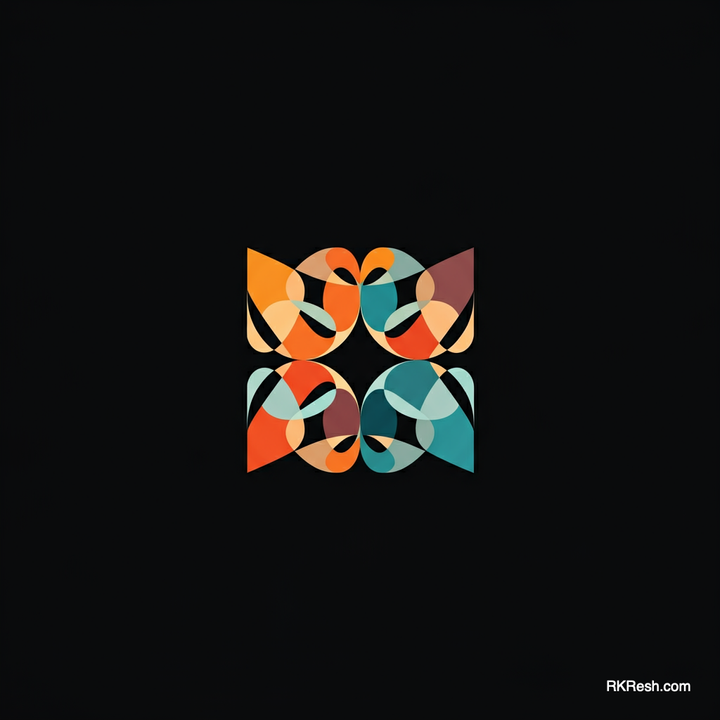The Beauty of Divergence—How Neurodivergent Minds Shape Innovation
Divergent thinking is the spark that kindles creativity, challenging norms and weaving diverse perspectives into the tapestry of human innovation. By valuing neurodiversity, we unlock the potential for deeper connection, richer ideas, and the boundless expansion of collective consciousness.

It starts with a flicker—a thought that veers off the well-trodden path and into places unseen. For neurodivergent minds, divergence isn’t a choice. It is a current, an undercurrent, a river that flows away from linearity and conformity. But within this divergence lies an immense beauty, a spark that has the power to illuminate the spaces where innovation takes root.
Neurodivergent thinking is often seen through the lens of difference—a deviation from what is considered “standard.” Yet, perhaps it is the world that conforms too rigidly, leaving these minds to wander freely, touching corners of existence others cannot see. This wandering is not aimless. It is purposeful in its defiance of narrow frameworks. Like the myriad nodes and connections of a neural network, neurodivergent minds thrive on patterns that defy expectation and on connections others might never think to draw.
To understand this beauty is to first understand the world in which it lives. Society often demands simplicity, a single answer, a tidy conclusion. But reality is rarely so simple, and the linear paths we carve to control our understanding fall short of the complexity of life. Neurodivergent individuals, by their very nature, often resist the lure of easy answers. This resistance might appear as discomfort or disorder to those outside, but it is, in truth, the mechanism of innovation. It is the refusal to collapse possibilities too soon.
Consider the inventors, the artists, the thinkers who stood apart from their time. Their deviation was their strength. They saw the world through a kaleidoscope, each shift in perspective painting new patterns onto the canvas of existence. This ability—this divergence—is not a flaw but a feature, an essential process that expands our understanding of what might be possible.
If divergence shapes innovation, then the true power lies in celebrating, not silencing, these patterns of thought. Imagine a world in which we do not ask, “Why can’t you think like the rest?” but instead, “What do you see that we are missing?”
To welcome neurodivergent ways of thinking is to open the door to a richer, more vibrant collective consciousness—one where difference is not endured but embraced as an essential piece of the puzzle.




Comments ()